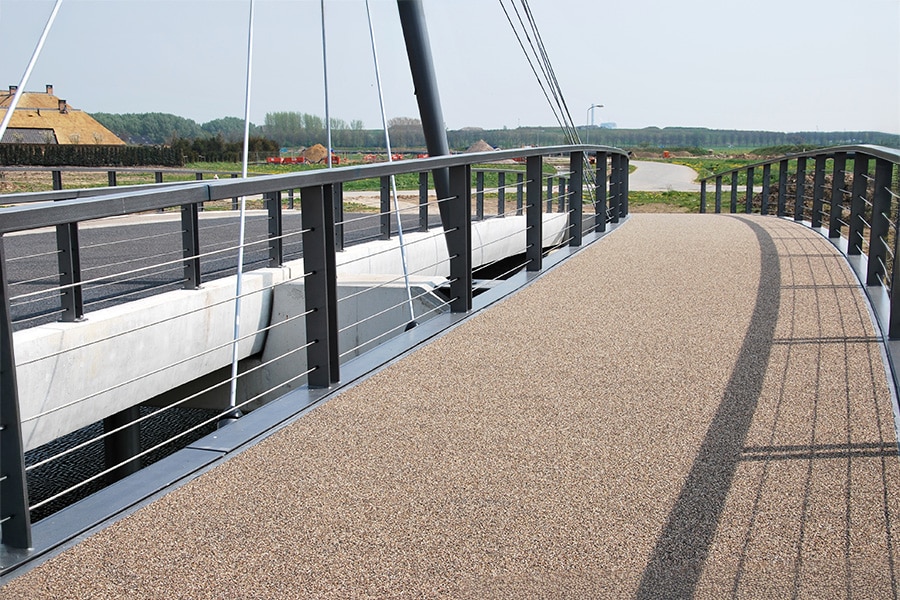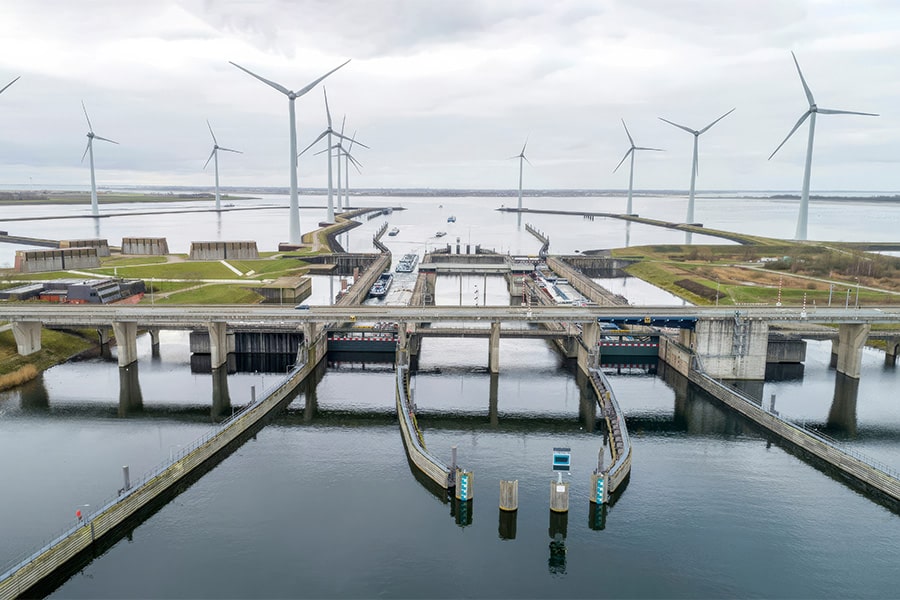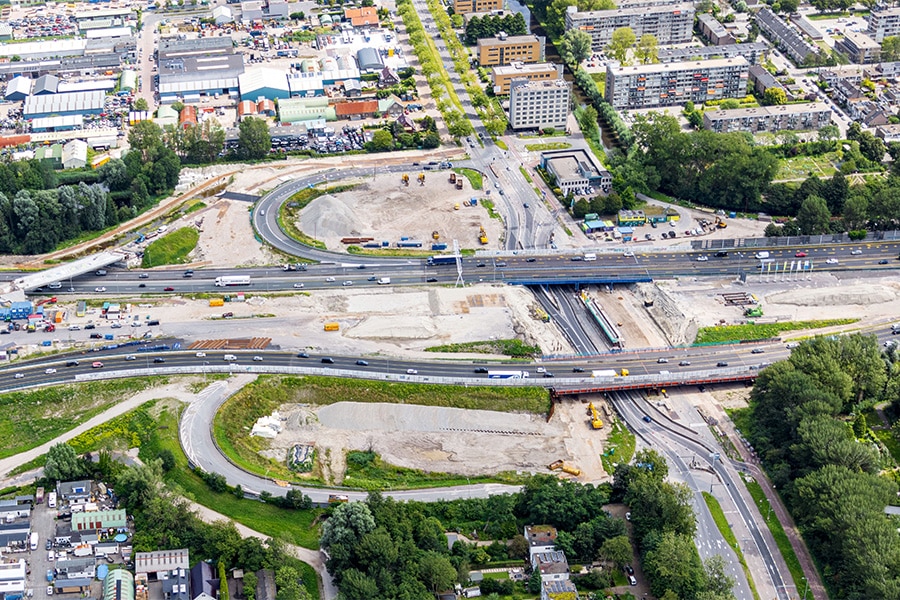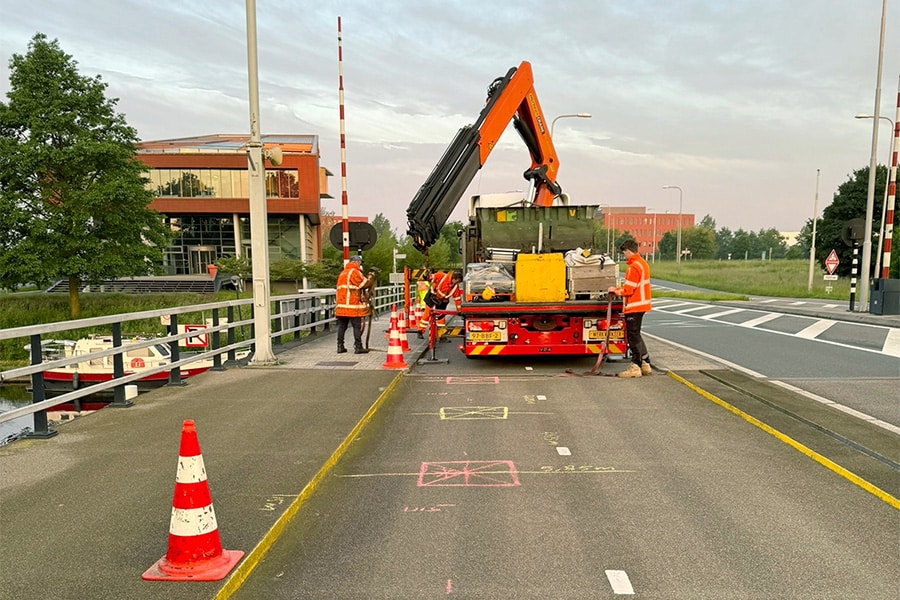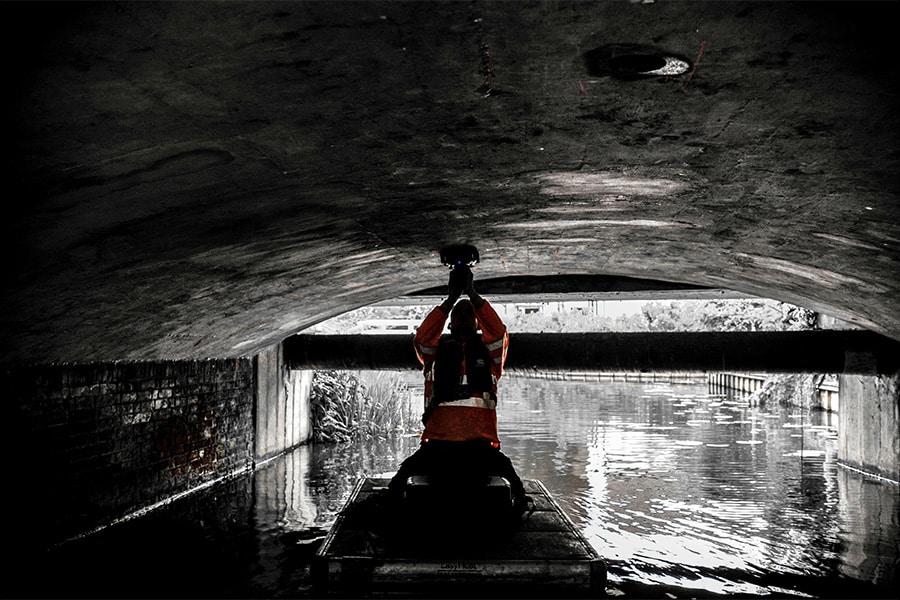
Cherish our bridges: often they are stronger than expected
No less than 260 billion euros will be needed over the next 75 years to pay for the renewal and renovation task (V&R). This cost estimate comes from the 2nd National Forecast Report on Infrastructure Renewal Task published by TNO in late 2023. These costs are already expected to rise substantially in the coming years. But is this billion-dollar expenditure really necessary? Or can we reduce the costs and spread them over a longer period? Iv calls on infrastructure managers to cherish our civil engineering works and not to write them off too quickly, because in practice the structural safety - and thus the remaining life expectancy - is often better than expected.
Rising costs
According to the 2nd National Forecast Report, the projected annual costs for provinces, municipalities and other governments between now and 2040 rise to nearly 3 billion euros. This is significantly more than budgeted. Annual renewal costs are expected to rise further starting in 2040 to about 3.7 billion euros by the end of this century. The renewal task of the civil constructions determines most of the costs. This increases from 1.5 billion euros per year to about 2.6 billion euros in 2080. And so there is unease among managers and owners of civil structures: because what exactly needs to be done, how urgent is the problem and how are we going to pay for it? At first glance, legitimate questions.
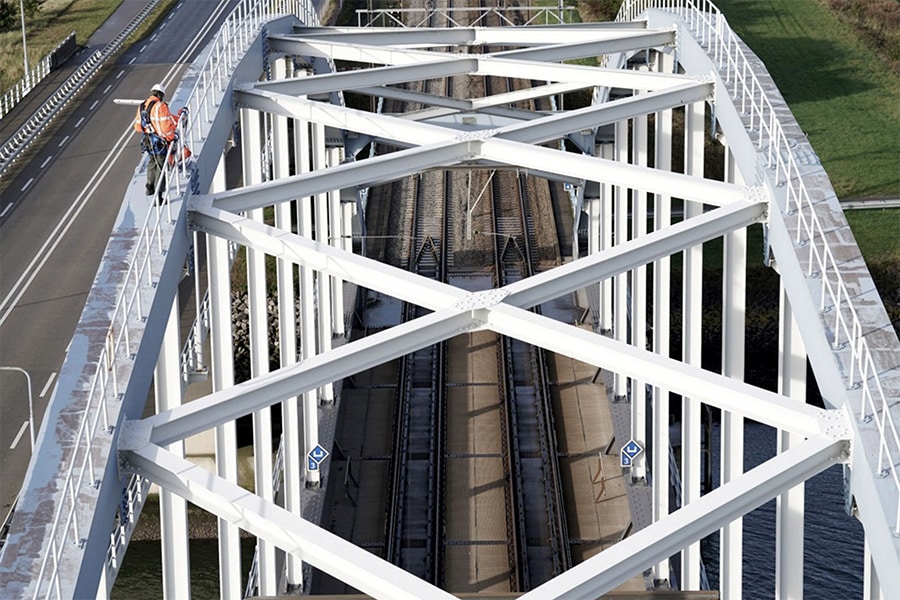
Getting a handle on uncertainties
To answer these questions, we must literally look beyond the intended (design) life of each of the structures. In the 2nd prognosis report, TNO assumes in all cases one-to-one replacement after reaching the expected (average) lifespan of a structure. This does not take into account growth or changes in the functionality of the area, such as more intensive use or a different layout, or any possibilities for (circular) life extension. The TNO study also logically did not include the actual quality of the acreage, nor the possibility of monitoring its current condition to more accurately determine and hopefully postpone replacement times. There is also obviously a great deal of uncertainty in prognosticating the total V&R task.
It is noted that these simplifications and uncertainties are often overlooked in discussions of these forecasts. In light of the purpose of the forecast report, these simplifications and uncertainties are understandable, but therein lies an important key to making the V&R task manageable: getting a handle on the uncertainties.
Making the V&R task manageable
Iv helps infrastructure managers get a grip on the uncertainties and make the V&R task manageable. Iv makes structural assessments of (acreage of) bridges to determine the structural safety and residual lifespan of the objects. This is risk-driven, from coarse to fine: outline where possible (e.g. with quick scans), and aim to get the most out of the structure if necessary (with inspections, studies and calculations). This results in maximum grip with minimum effort. This method has already saved many structures "from destruction. The structural safety of an object can be much greater than can be demonstrated on the basis of a 'standard' calculation. This is something that has also been demonstrated by many a test load developed and performed by Iv.
So a call from Iv to managers is: cherish your works of art! Replacement is not the first thing to think about when a structure is nearing the end of its useful life: so much more is possible. Iv prefers to speak of the task of conservation, renovation and renewal: replace if necessary, maintain if possible.
In many cases, the structural safety of bridges is better than expected. The object then turns out to be able to last for decades, much longer than the design life, without or with relatively limited modifications. In other cases, measures can be postponed responsibly when monitoring is applied. With a wide range of asset management services, Iv ensures that managers gain and maintain the desired insight into their assets and can use it to draw up an optimum multi-year schedule for the maintenance or replacement of their infrastructure.
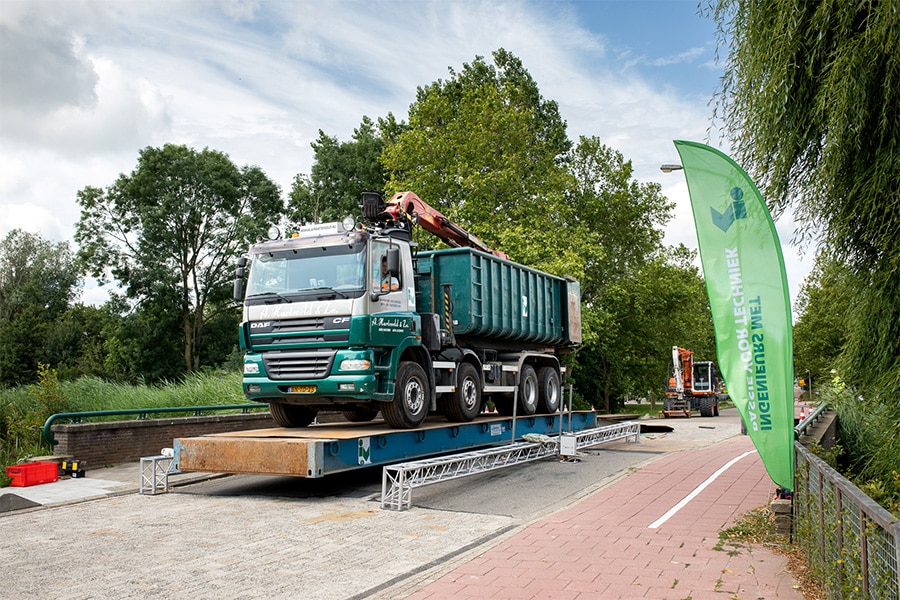
Collaboration is crucial
The V&R task is too big to tackle alone. As a sector, we must work together to develop knowledge, share data and perform innovative inspections and analyses. Iv is working with Rijkswaterstaat, provinces and municipalities, among others, to arrive at supported choices and proven methods.
Together with ARUP and Wagemaker, Iv is mapping the structural condition of dozens of fixed and movable bridges in the main road network for Rijkswaterstaat, among others. The challenge is to use the right approach to make the right choices. If necessary, and if responsible, an attempt is made to get the most out of the construction. In this way, physical measures can be responsibly minimized and postponed, while maintaining structural safety at all times. This contributes to reducing the high social costs of infrastructure and thus burdening our environment. This keeps the task of maintenance, renovation and renewal manageable for all of us.
